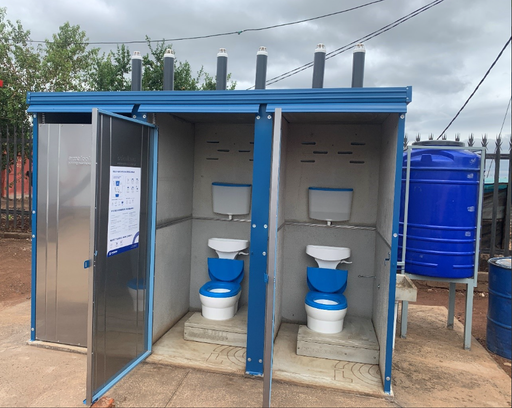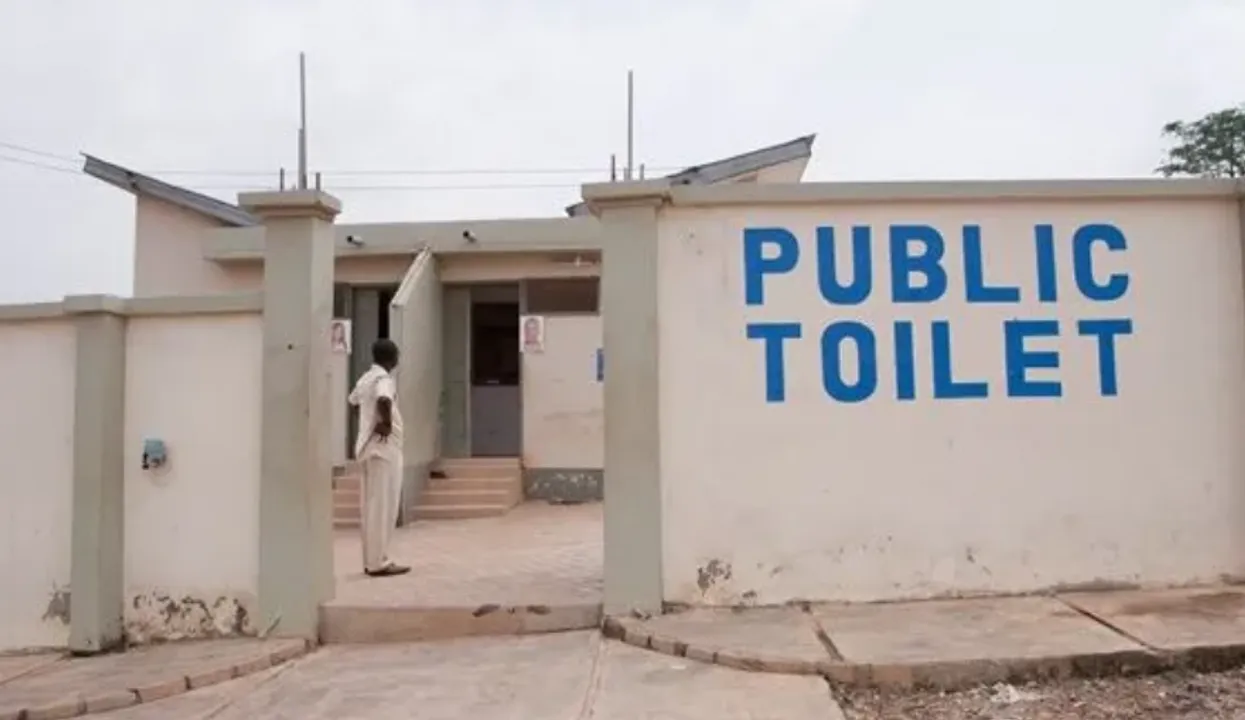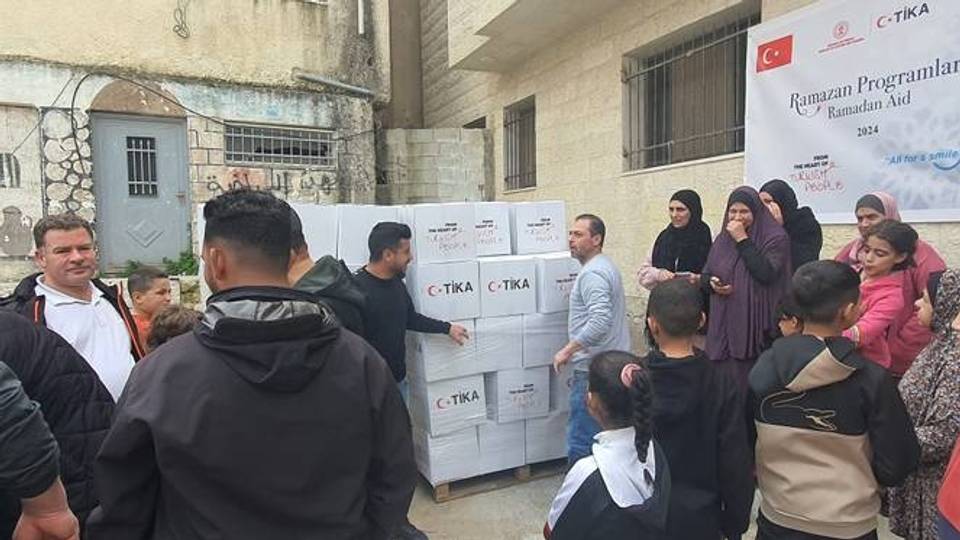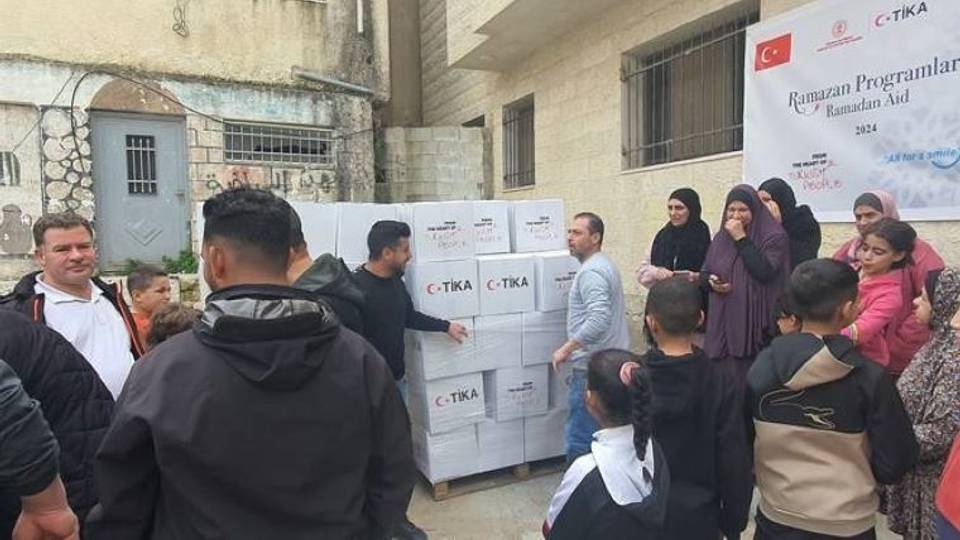Sport
Dollar
42,3350
0.2 %Euro
49,1712
0.05 %Gram Gold
5.547,4900
-0.07 %Quarter Gold
9.430,0100
0 %Silver
69,2000
0.51 %Africa's sanitation divide tells a story where political will and investment secure dignity, while neglect leaves millions vulnerable to preventable disease, malnutrition and environmental strain.

World Toilet Day may seem like just another mark on the crowded calendar of global events, until you confront the reality that 3.5 billion people still live without a safe toilet.
The silence around sanitation is partly squeamishness, mostly neglect.
But truth be told, this unglamorous subject determines whether children survive common infections, if women can manage menstruation with dignity, and the likelihood of entire communities escaping the cycle of preventable disease.
In Africa, the picture is one of stark divisions. While some nations have achieved near-universal coverage, others remain trapped in a crisis where the majority of their populations lack even basic facilities.
For far too long, the continent's sanitation story has been one of deficit. But a cohort of nations is presently rewriting that script and showing that progress is possible with political will, innovation and community engagement.
According to the World Health Organisation (WHO) and UNICEF's Joint Monitoring Programme for Water Supply, Sanitation and Hygiene, a clear top tier has emerged in Africa.

Setting the standard
Leading the pack is the Indian Ocean archipelago of Seychelles. With near-universal 98% access to safely managed sanitation services, it stands as a continental and global benchmark.
In Seychelles, sanitation isn't just about toilets; it's about having an efficient system where waste is safely treated and disposed of, protecting both people and the island's environment.
With over 90% access to safely managed sanitation, Tunisia has emerged as another outlier.
A decades-long, state-driven strategy built around the National Sanitation Utility, established in 1974, has helped centralise the planning and management of wastewater infrastructure. The idea was to link cities and towns nationwide to a common network.
Recognising that a toilet is only as clean as the system that treats its waste, Tunisia invested heavily in over 120 wastewater treatment plants and became a regional leader in water reuse, repurposing over 30% of its wastewater for agricultural irrigation.
While urban coverage is near-total, targeted programmes have significantly expanded sanitation facilities in rural areas and closed the rural-urban gap.
Mauritius has achieved similar results by blending utility with innovation. The country's Wastewater Management Authority continues to expand its sewerage network, especially in the thickly populated coastal zones where sanitation is crucial for the country's tourism industry to thrive.
Proactive management of on-site solutions, including a campaign to convert old septic tanks into hygienic soakaways and connect them to the central sewer network, drives the programme. Regulation is strict.
In Mauritius's case, the high standards demanded by the tourism sector created an economic imperative for sanitation, driving investment in advanced treatment technologies and setting a benchmark that raised expectations for national infrastructure.
Problem of access
Seychelles, Tunisia and Mauritius's success in institutionalising sanitation standards is tempered by harsh realities elsewhere.
UNICEF's Joint Monitoring Programme identifies sub-Saharan Africa as the epicentre of the global sanitation crisis. In many of these countries, the basic dignity and safety of a toilet are out of reach for the vast majority of the population.
Central and Eastern Africa provide grim case studies. Barely 21% of Chad's population has access to basic sanitation. Open defecation is common.
Ethiopia, one of the continent's fastest growing economies, has a dismal record of 27% access to basic sanitation, leaving millions exposed to preventable disease.
South Sudan, battling a long-drawn conflict and chronic underdevelopment, has become a breeding ground for disease outbreaks that could have been averted with proper sanitation.
In Niger and Madagascar, where sanitation access hovers around 30%, the rural-urban divide is glaring, and fragile health systems are stretched to breaking point.
Experts describe the sanitation gap not simply as an infrastructure shortfall but as a humanitarian emergency, one that fuels child deaths from diarrhoeal disease, worsens malnutrition, and contaminates the environment.
Looking beyond plumbing
The gulf between Africa's leaders and laggards in sanitation makes clear what works.
The achievements of Seychelles, Tunisia and Mauritius rest on political will that treated sanitation as a national priority, backed by steady funding and enforceable rules.
Prioritising sanitation helped build the invisible backbone – a network of sewers and treatment plants – that quietly protects public health every day. In rural areas, affordable and practical sanitation solutions ensured no community was left behind.
This contrast between those setting the pace and others struggling to catch up offers a roadmap for others.
Countries such as Ghana, Senegal and Rwanda are already moving in that direction, rolling out ambitious national programmes that prove rapid progress is within reach.
Comments
No comments Yet




















Comment